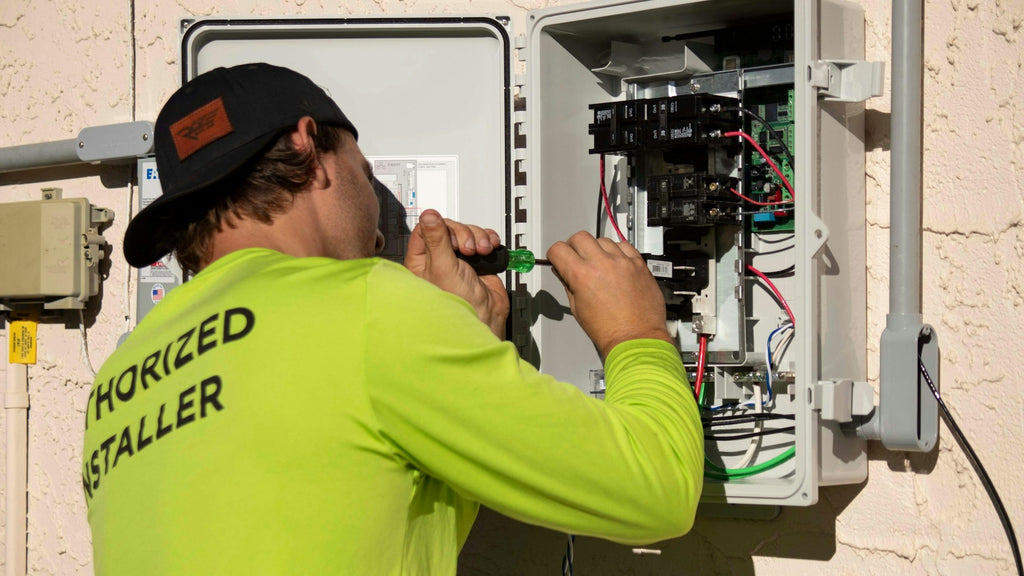Solar inverters play a crucial role in converting the direct current (DC) generated by solar panels into alternating current (AC) for use in homes and businesses. However, users often encounter challenges that can hinder the performance of their solar systems. In this article, we will explore the 8 usual solar inverter hurdles and how to overcome them efficiently.

1. Overheating Issues
One of the most common problems with solar inverters is overheating. This can occur due to poor ventilation, excessive dust accumulation, or prolonged operation in high temperatures. If your inverter is overheating, consider the following:
- Ensure proper airflow around the inverter.
- Regularly clean the inverter to remove dust and debris.
- Install the inverter in a shaded area to minimize heat exposure.
2. Communication Failures
Communication failures between the inverter and monitoring systems can lead to a lack of data on system performance. This issue can often be resolved by:
- Checking the network connection and ensuring it is stable.
- Updating the inverter firmware to the latest version.
- Verifying that all cables are securely connected.
3. Inverter Shutdowns
Inverters may shut down unexpectedly due to various reasons, including grid issues or internal faults. To address this problem, you can:
- Monitor grid voltage and frequency to ensure they are within acceptable limits.
- Consult the inverter manual for troubleshooting steps.
- Contact a professional technician if the issue persists.
4. Low Efficiency
Low efficiency can significantly impact the energy output of your solar system. Factors contributing to this issue include shading, incorrect installation, or aging components. To enhance efficiency, consider:
- Regularly inspecting the solar panels for obstructions.
- Ensuring that the inverter is appropriately sized for your system.
- Replacing aging components as needed.
5. Fault Codes
Many inverters display fault codes when issues arise. Understanding these codes is essential for effective troubleshooting. If you encounter a fault code, refer to the inverter's manual for guidance on:
- Identifying the specific issue.
- Implementing recommended solutions.
- Resetting the inverter if necessary.
6. Warranty and Support Issues
Understanding warranty terms and accessing support can be challenging for users. To navigate these hurdles, it is advisable to:
- Carefully read the warranty documentation.
- Keep records of all maintenance and repairs.
- Contact customer support for clarification on warranty coverage.
7. Installation Errors
Improper installation can lead to a myriad of problems. If you suspect installation errors, it is crucial to:
- Review installation guidelines provided by the manufacturer.
- Consider hiring a certified installer for future installations.
- Conduct regular inspections to ensure compliance with installation standards.
8. Environmental Factors
Environmental conditions such as extreme weather can affect inverter performance. To mitigate these effects, you should:
- Choose an inverter rated for your local climate.
- Implement protective measures against severe weather.
- Regularly monitor system performance during adverse conditions.
In conclusion, understanding the 8 usual solar inverter hurdles and how to overcome them efficiently can significantly enhance the longevity and performance of your solar energy system. For further guidance, you can refer to this solar inverter troubleshooting guide.








